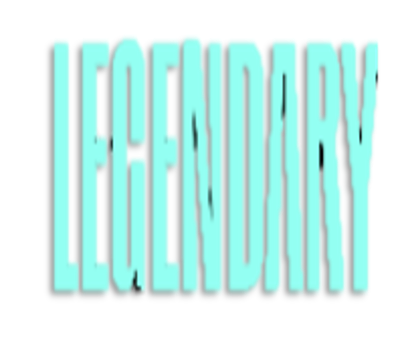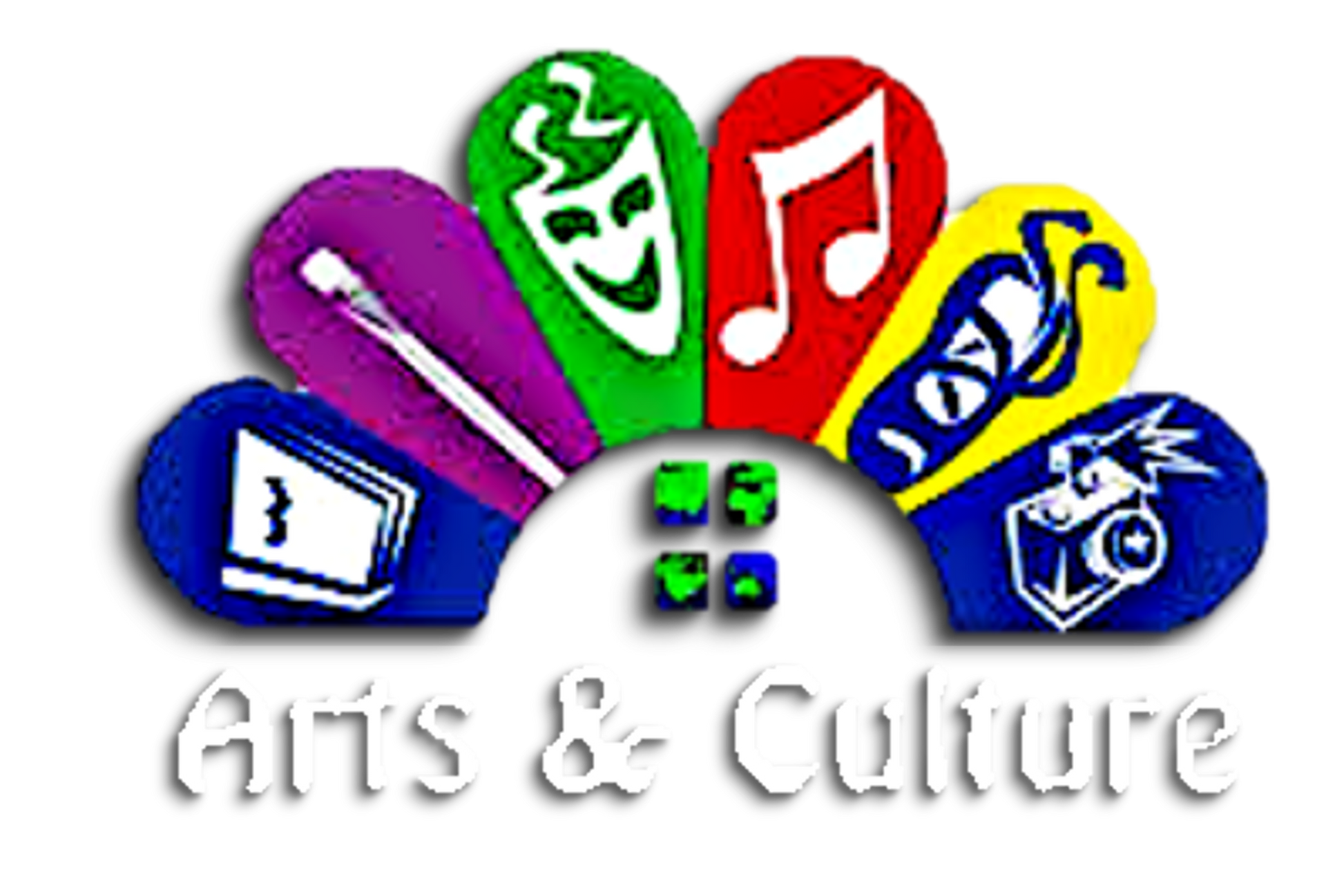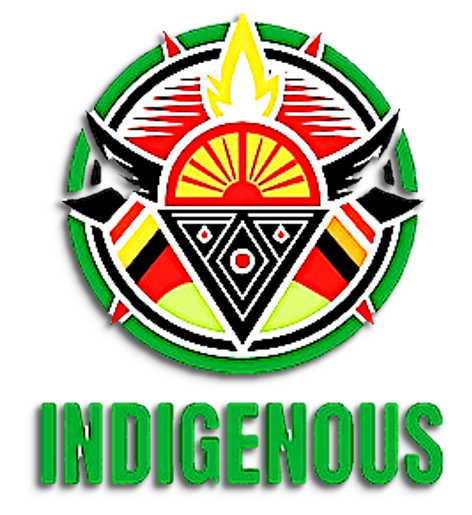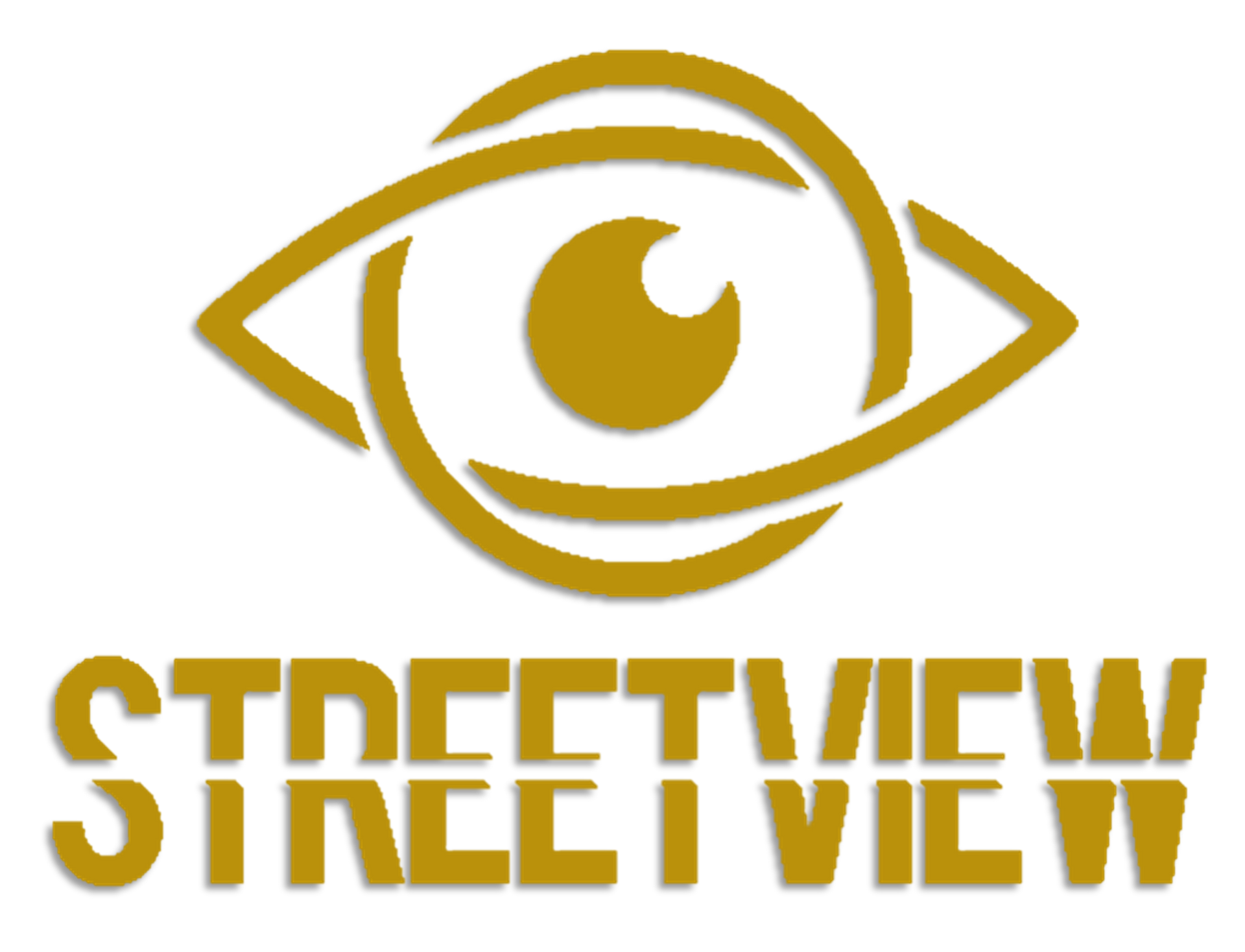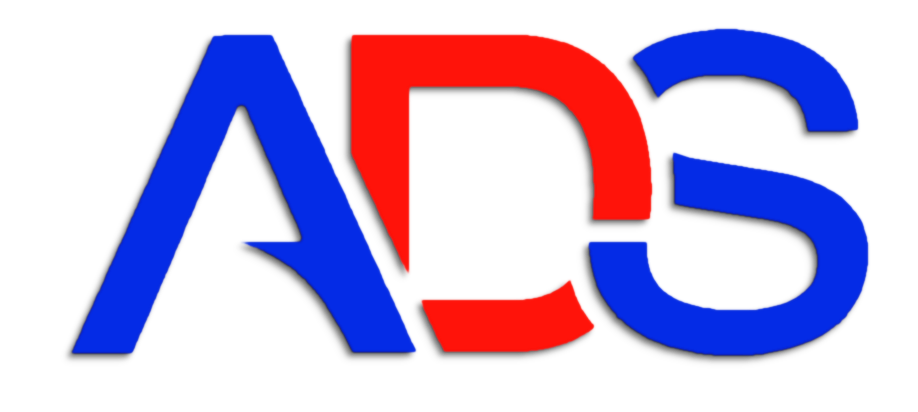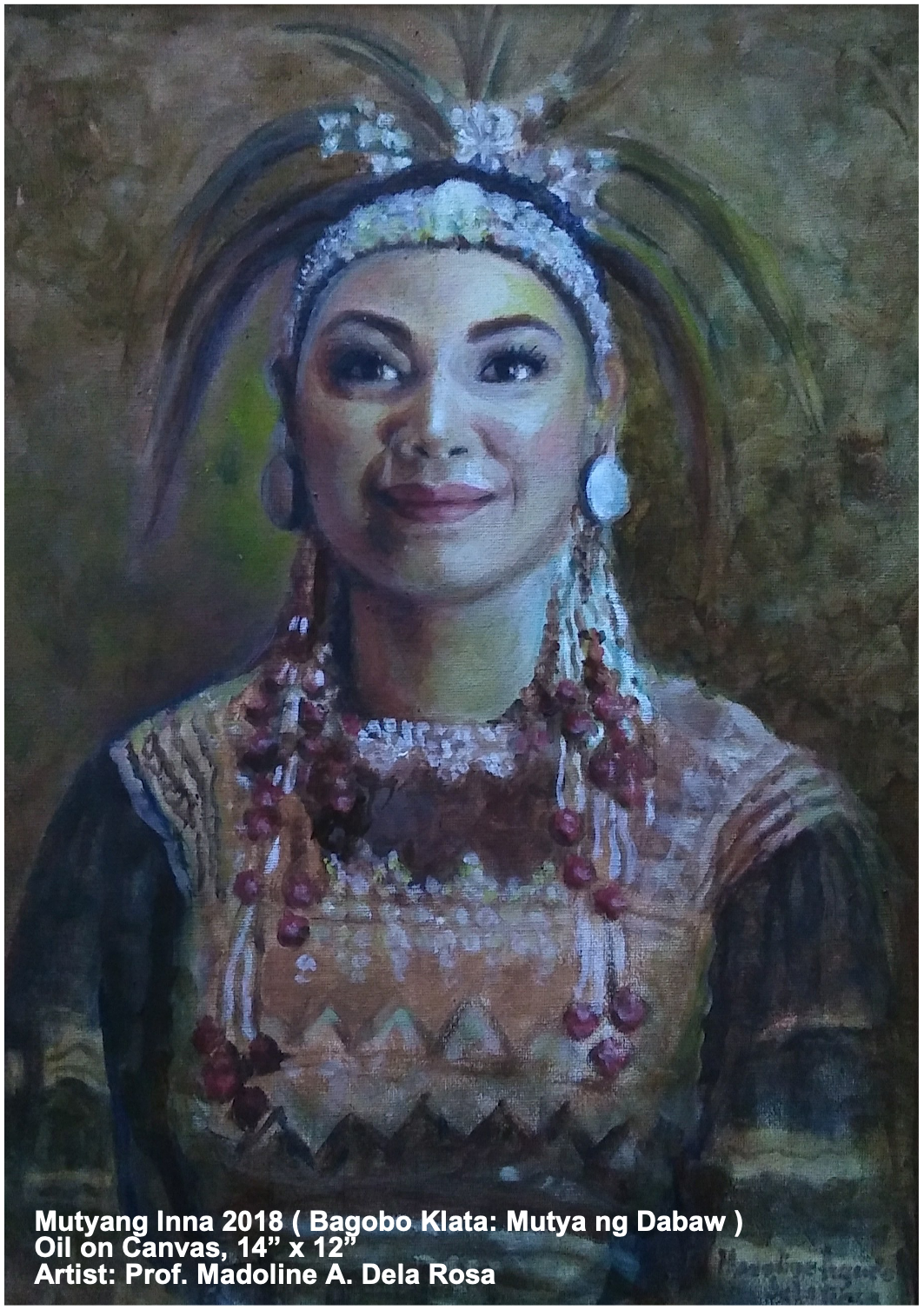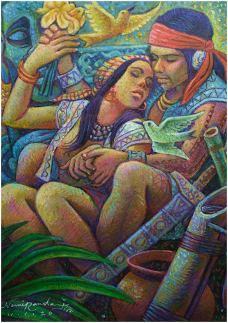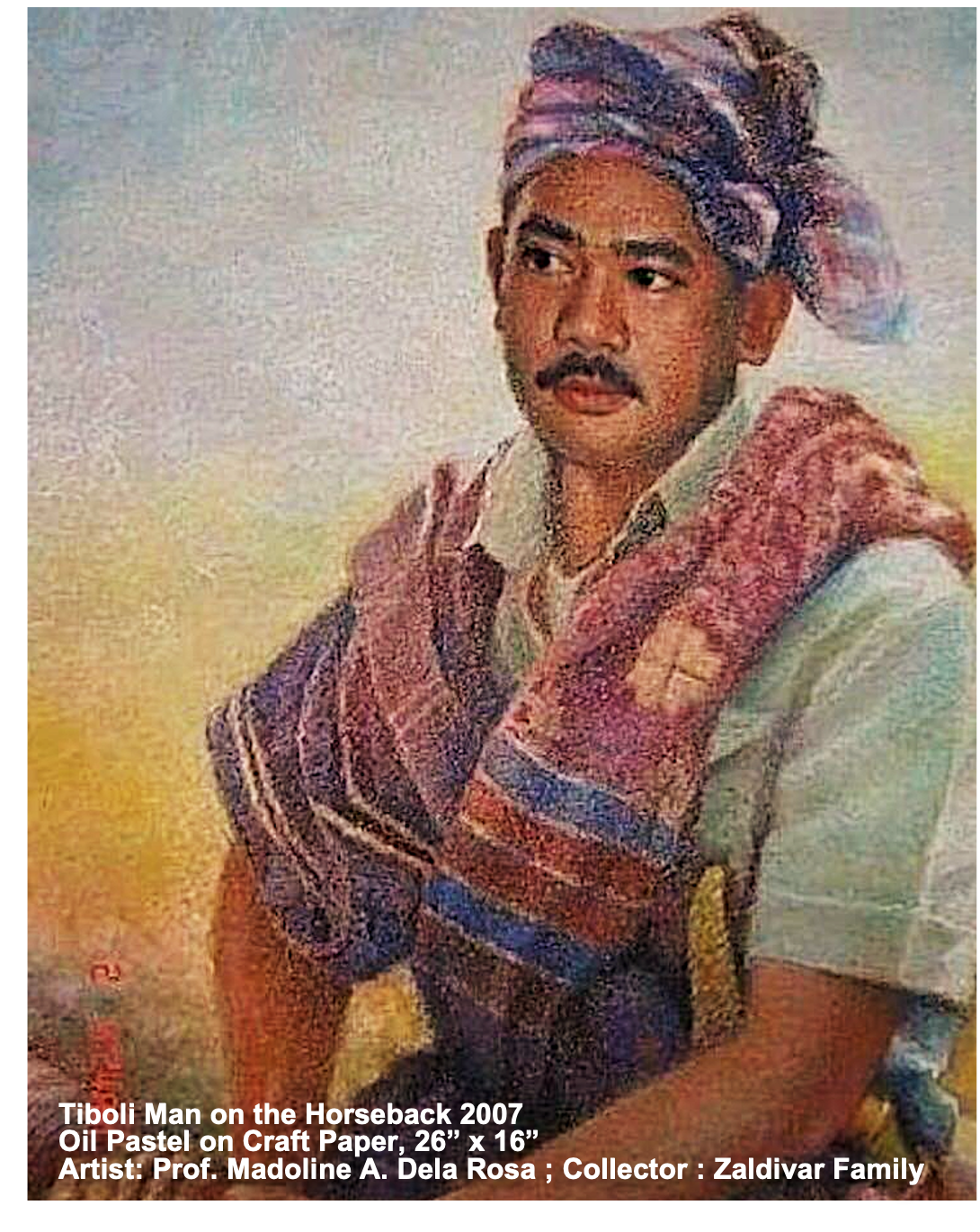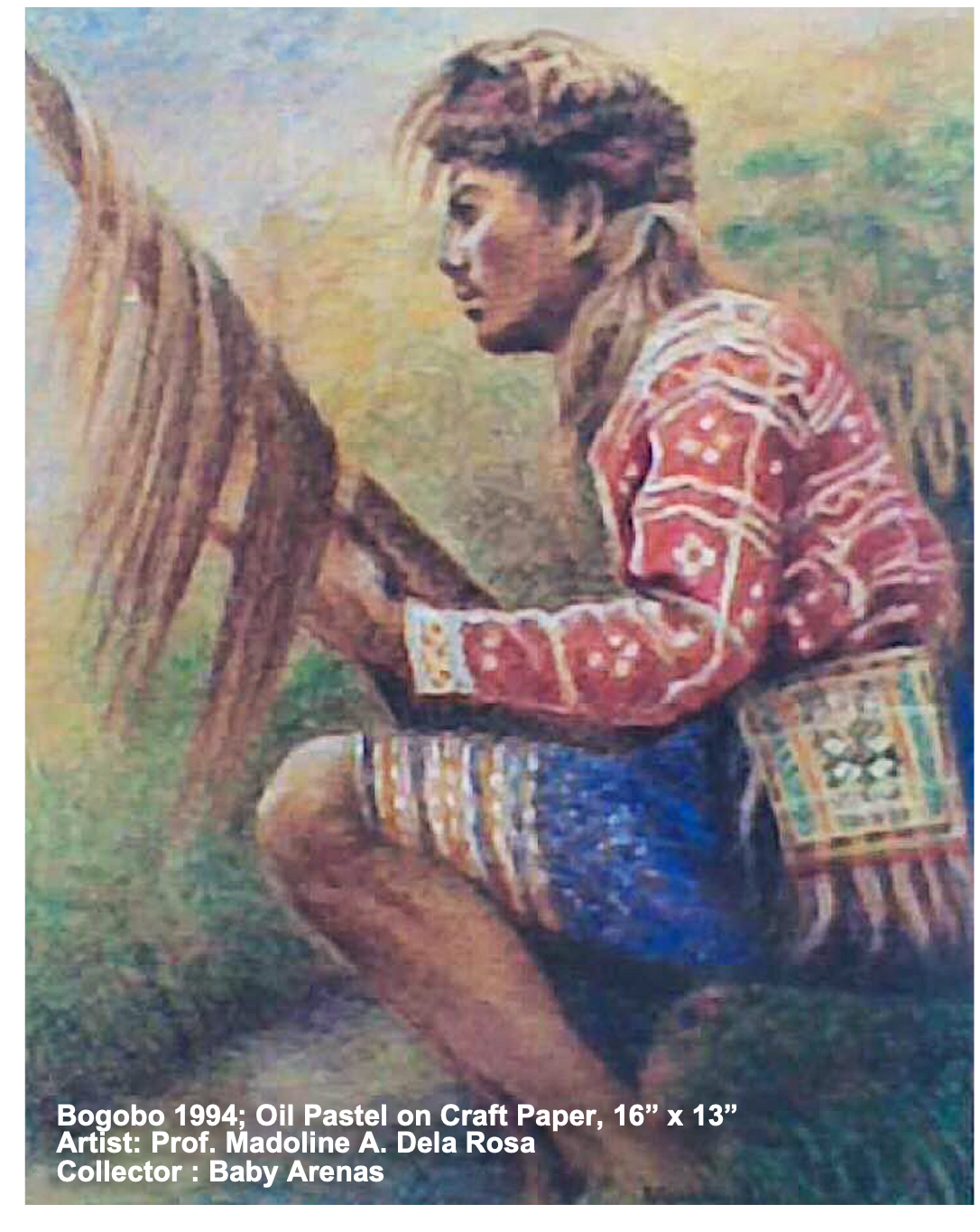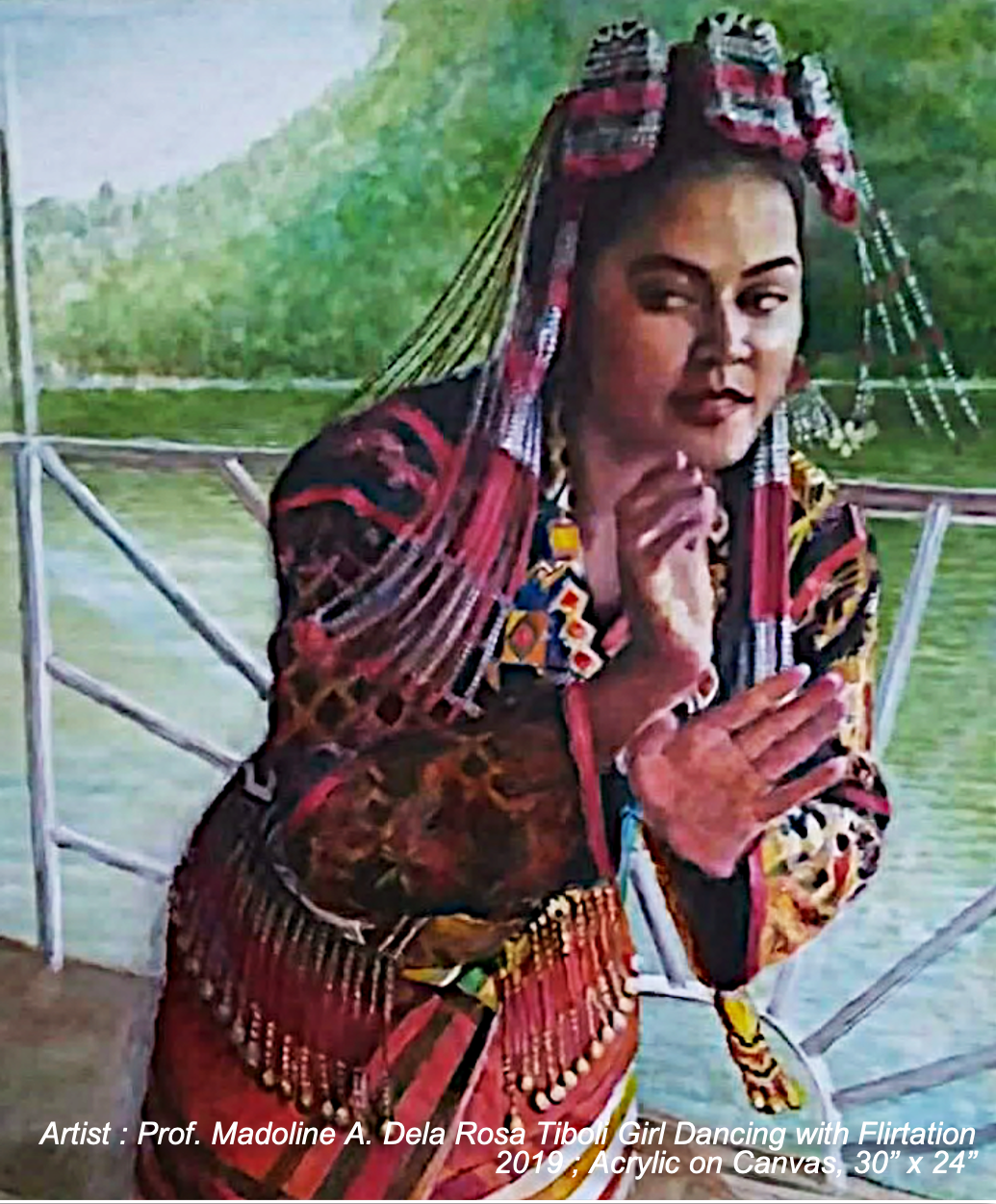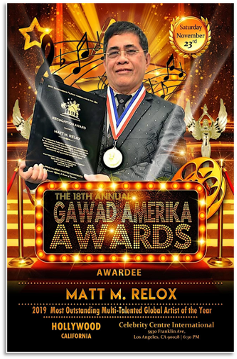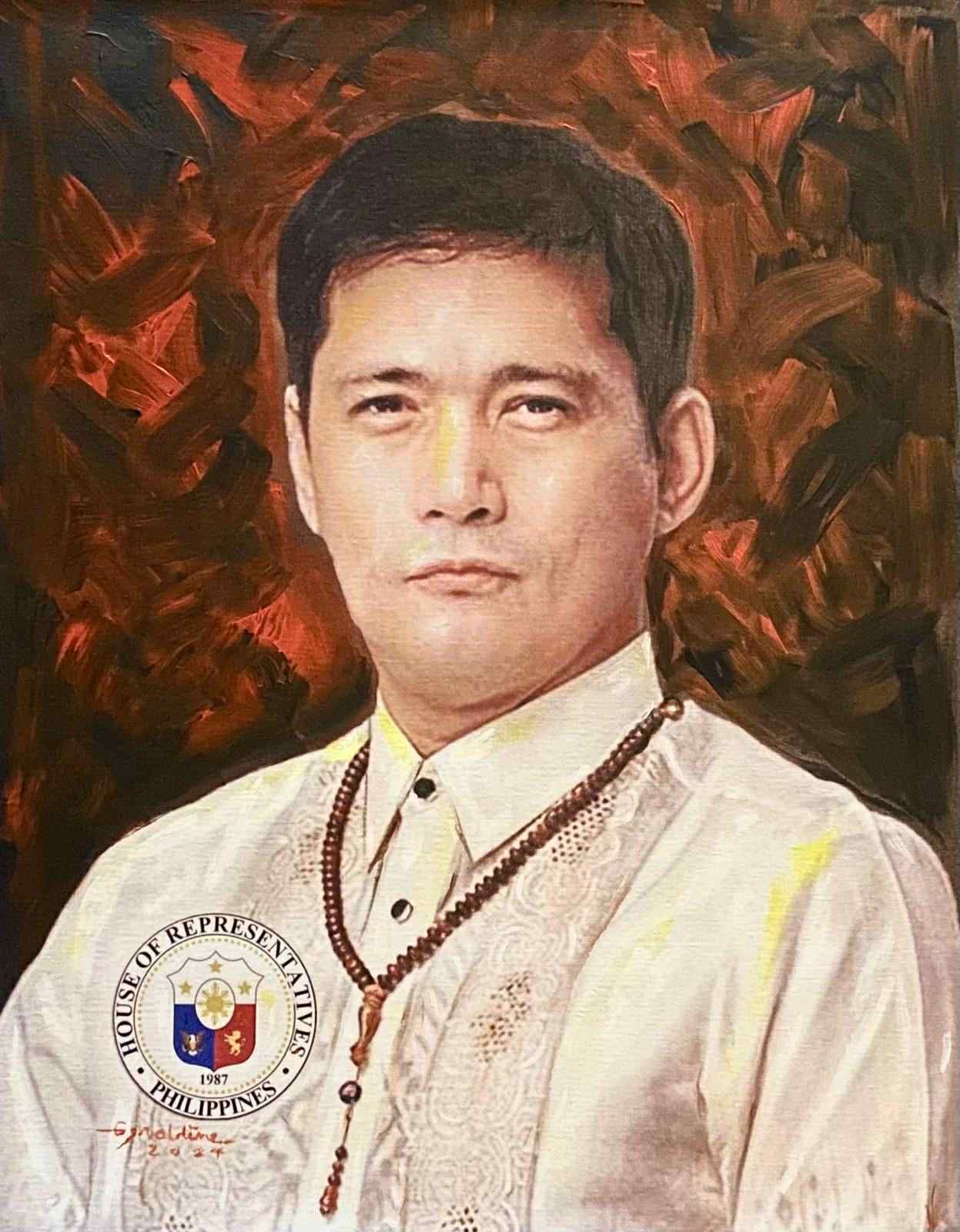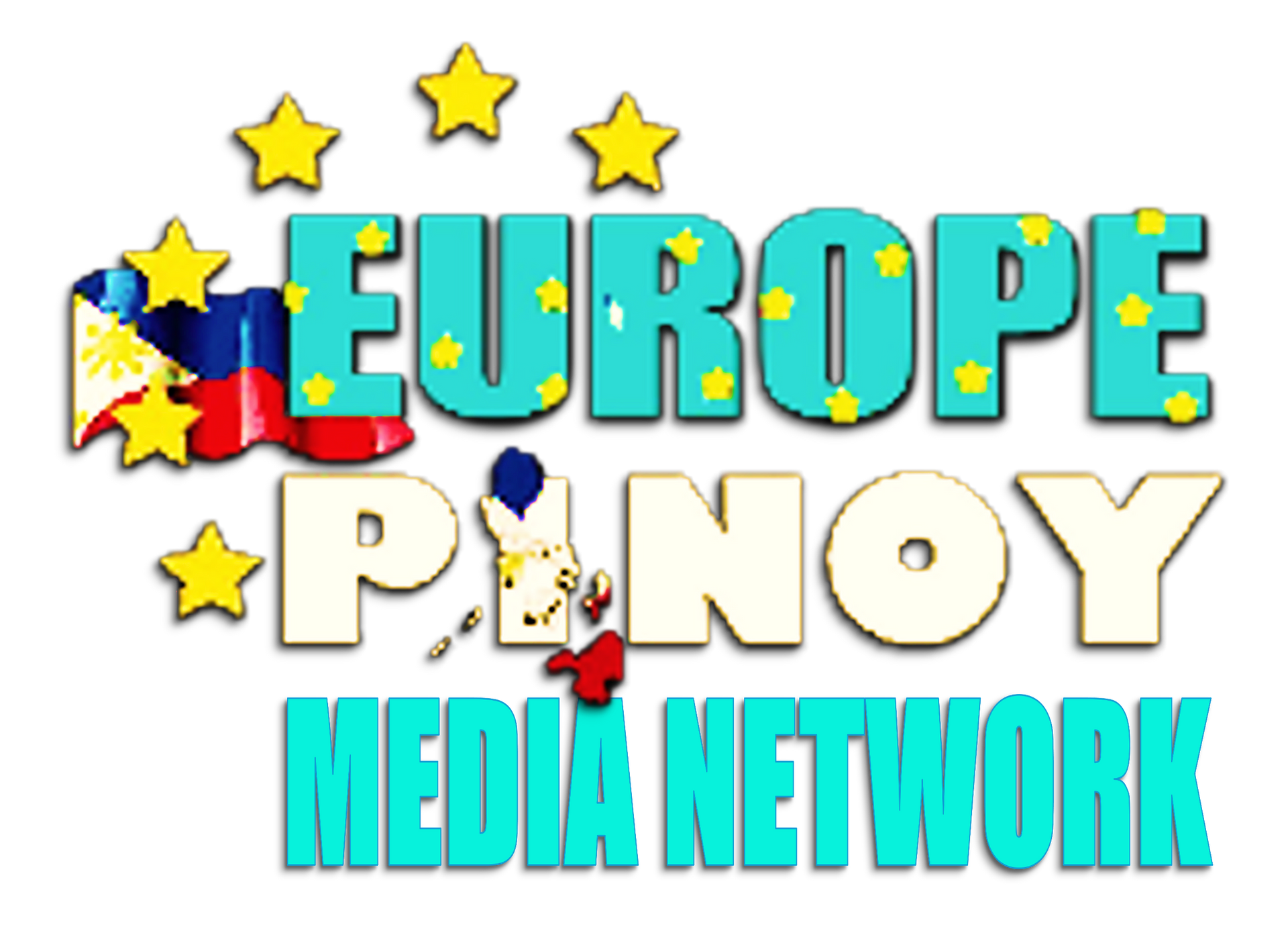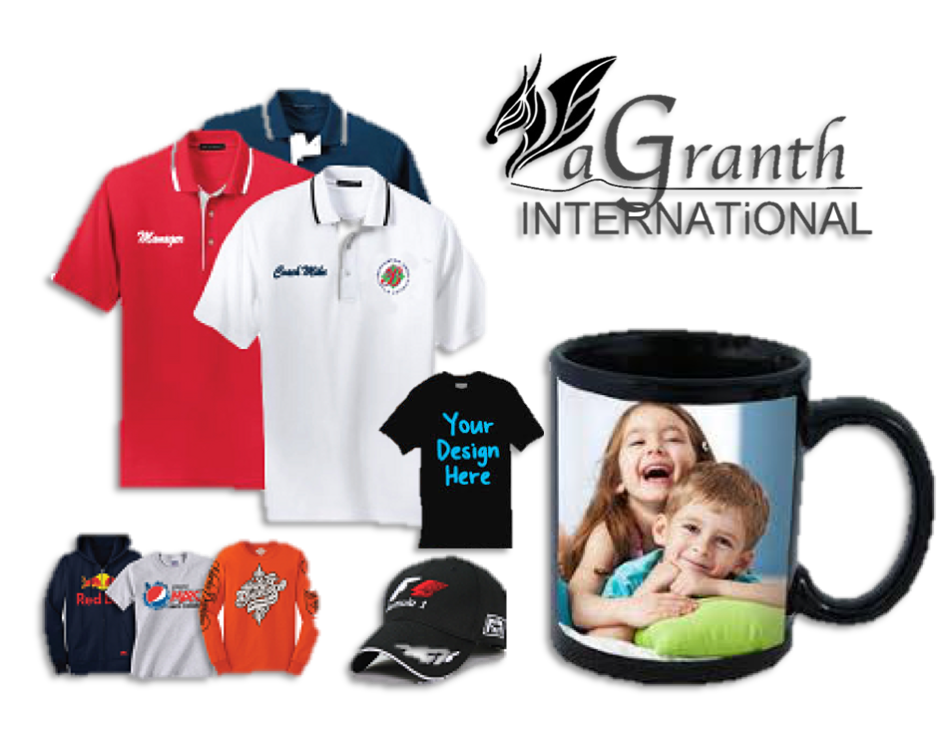"The very symbolic meaning of figures in the designs are the very same things that are being solicited from the almighty God or Kabunian (Igorot name for God) every time a prayer is uttered. So while wearing your lufid or traditional cloth, you are wrapped in prayers”. (Essay, Wrapped in Prayers, Meaning of Symbols in the Bontoc Lufid by Maria Luz Delson Fang-asan).
Handloom weaving is a centuries-old traditional craft passed on from generation to generation practiced by all indigenous tribes in the country. It is a keepsake from great-grandparents and other ancestors that binds the community. It is a method of fabric production in which two distinct sets of yarns or threads interlaced at right angles to form a fabric or cloth. It utilizes raw materials such as buri, inabel, raffia, pineapple, and abaca. The woven textiles are used to make traditional blankets and traditional costumes. This finished woven products are for personal use or sold in the market.
Furthermore, traditional ethnic weaving has its distinct designs and colorful patterns that characterize and gives meaning to the unique culture, customs, and traditions of the indigenous people. It also symbolizes the status and wealth of an individual in a community.
A.The Ifugao Ikat. Ikat means” to tie” or to” bind” in the Indonesian language has a Philippine variant known for its colors and striking designs. It is characterized by diamond stripes of white and red stripes. This ancient style of weaving uses a resist dyeing process similar to tie-dye where the warp or weft yarns are dyed before the fabric is woven on the loom.
B.Kalinga hand-woven fabrics are characterized by dominant red stripes and motifs of geometric patterns with nature symbols interlaced with white and yellow and black fibers. This is originally woven in Lubuagan, the” Ka-in” are ginamat, silugwid, pilakpak, gililing, lilaktob, and ilaglis. For men’s g-string, there are the pilagpagen, kilayao, and sillyuti. These are worn during important occasions like weddings, festivals, and other important occasions.
The sky and ground are represented by colors of indigo and mountains are represented by the yellow color and embroidered in the fabric. It symbolizes wealth, growth and fertility.
C. Bontoc textile - the motif includes geometric shapes of things around them such as man, lizard, mountain, rains, flowers, and a human eye. The dominant colors are green, white, red, and black.
Siniwsiwan - Bontoc’s blanket and clothing. This fabric is used for wanes or men’s G-string (bahag) and for women get up called “Lufid” (Tapis) and to hold the tapis is a “wakes” or “bakget,” a piece of cloth that is tightly wound twice around the waist among women.
There are different kinds of “Lufid,” identified by the Bontoc weavers, the kulibangbang or “butterfly, “Khinain, Khinuwafaw, Khinawaan, Khinayaan, and the lufid for the dead. (Wrapped in Prayer by Maria Luz Delson Fang-asan).
Bontoc blanket or textile with traditional motifs.
1.Floral Motifs
2.Snake, Lizard and frog motifs
3. Human figure motifs represent the Igorot warrior.
4. Eye motifs represent guidance.
Married women of Bontoc and Kankana-ey wears a type of belt called” ginaspala” with Inawin designs, which is composed of the continuous zigzag pattern.
D. Benguet Weaving (notes from Jaila Sagpa-ey and JS Tabangcura, Culture, Northern Dispatch and posted by Bulatlat).
According to a study by Erlinda Alupias, Betty Gayao, Dalen Mendoza and Jaila Sagpa-ey titled “Improving the Textile Industry in Benguet”.
The study shows that the lifestyle of the Benguet people since the early 1960s was influenced by traders and migrants from the lowlands who had more access to the different kinds of blankets, clothes and other fabrics.
Moreover, the study says that the original designs and figures have been lost in the memory of the old folks and even the Ilocano weavers because the knowledge was passed on orally until it became a part of the culture of the Benguet Ibalois and Kankana-eys.
Further, it states Benguet status blankets and clothing have a common combination of red, black or dark blue and white or dirty white. The designs are figures of “x” and the eyelet design may represent a shield, a man, a snake. Genuine blankets can be determined by the arrangement of the design like the snake being placed after the man.
The salibobo/sadipopo or bedbed, a headband used by rich old men or community leaders, the design corresponds with the status blanket. It is determined by the number of eyelet designs. If there are nine or 13 or 15 eyelet designs, this corresponds to the number of animals to be butchered or have been butchered in a cañao.
Death Blankets worn by only those who already performed certain steps of cañao are called alahdang/alechang, pinagpagan, dilli/shengdi, and kuabaw/sarong. Blankets worn by the people who did not have cañaos are called bayaong/kolebaw and bandala/safey. Blankets like manta and mabli were used later.
The status blanket can be inherited or acquired.
5.Abra weaving:
Abra is the homeland of Tingguians and Itnegs who are popular for loom weaving. Their traditional fabric called ”piningitan” or “bankudo” is an age-old craft that takes months to complete. It is a complex weaving style and the tedious natural dyeing process makes the wonder.
The town of La Paz is a home to a traditional loom weaving industry specialized in producing fine woven fabrics called abel. These textiles are hand-loomed by women in the village who learned their crafts from their mother and grandmothers.
Abra is known as the “Natural Dye Capital of the Philippines” because they use natural dyes extracted from fruits, tree barks, and native plants to color their threads. Red (achuete), blue from malatayum (or indigo plant), yellow (jackfruit and ginger), light green (camachile), brown (bark of the Narra tree) and a shade of pink (lightly boiled kapok or cotton).
A famous Tingguian weaver, Norma Agaid Mina, 78, said “they would pray to the stone goddess before weaving. She mentioned that her clan is descended from the mandadawak, a holy entity that is empowered to ask the Gods (anito) about the chosen design for the fabric they will weave. A ritual is observed by killing a black pig and dance before asking the anito what our design shall be.
The design is placed in a goron or design stick, could be a deer, a horse, an eagle, a lizard, rivers or mountains or a sampaga-wild pink flower with petals like the gumamela and sometimes they can weave an attire for weddings, sometimes for mourning. It may come as a surprise but even a blind mandadawak can fashion design in the goron stick.

